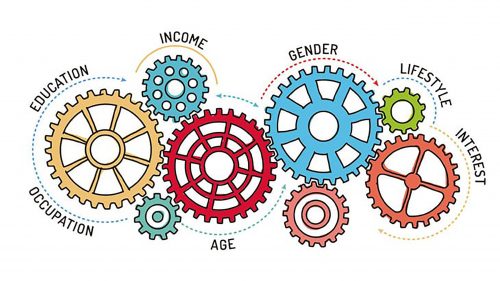To answer that question, we need to talk about Big Data, about Real Time and about buying and selling. Why?
Well, to be honest it is quite difficult to give a straight answer, but in actual fact you know more about programmatic advertising than you think. Each time you browse, an advert appears on the web page that really catches your attention, it is not just a coincidence but the result of programmatic advertising. This makes each advert that you see more and more akin to your tastes and therefore, less irritating.

So how does it work?
The main characteristic of programmatic advertising is that advertisers buy audiences, not advertising spaces.
To understand this more, we must turn the clock back a couple of years, when the advertising inventory was bought by paying for a fixed position based on the period of exposure, impressions (CPM) or click-through rate (CTR). The problem came with the online boom, when a massive number of websites and blogs appeared offering advertising media, thus creating more supply than there was demand.
The large number of unsold spaces posed a deeper question than the obvious one of economic loss, it questioned the effectiveness of the traditional buying and selling model and thus demanding further evolution of a business model that was already becoming obsolete.
The innovation point came from the ability to build audiences through the use of labels, allowing us to discern the difference between the valid and viable impressions for each campaign target, and those that were non-viable. As a result, a wide field of new opportunities opened up that in turn gave rise to programmatic advertising and the development of the large technological universe that surrounds it.
Big Data plays the biggest role in this new model. Thanks to Big Data it is now possible to obtain large and important flows of information about users through their advertising activity such as gender, age, interests, studies, browsing behaviour … Big Data allowed the model to change and move from the purchase of specific spaces to the purchase of specific users or audience.
The idea is that if there is demand, it can be optimized quickly and in real time so that each impression is profitable as possible. It is about uniting buyers and sellers.
According to Andrés Solís from Denomatic, a company specializing in programmatic advertising, and with whom we collaborate:
In 2016 programmatic purchases accounted for 18% of the investment in digital advertising in Spain. Each year this type of advertising becomes a greater ratio in terms of the overall investment in digital media. In some countries, such as the US, programmatic buying represents 73% of the investment in digital advertising. This is due to the undeniable benefit of programmatic advertising for a brand.
So far there doesn’t seems to be too much mystery, but to understand programmatic advertising a little more, we need to delve a little deeper.
Types of programmatic advertising:
There are 4 types which can interest the advertiser depending on their objectives.
- Guaranteed Programmatic:
These are trade agreements made in advance, like the traditional advertising method but technologically managed. This tipology offers advantages both for advertisers and publishers.
Advertisers: they can control the space in which the adverts is displayed at all times.
The publishers: they assure their spaces are always sold.
- Preferred Deals:
In this instance the advertiser and the publisher have previously agreed on a fixed price to avoid reaching the auction. The advantages are similar to the guaranteed programmatic.
Advertisers: have more control over when their advert is displayed.
The publishers: they are able to fill their spaces before they go to auction.
- Private Auction:
As the name implies, not everyone has access to it, only the invited advertisers.
Advertisers: they have control over where their advert will appear, ensuring an audience of interest for the brand or alternatively a price that is set according to their needs.
The publishers: they ensure that all of their spaces are sold at the best price.
- Open RTB: (Real Time Bidding):
This is the most common model. It is an automatic auction performed in real time thanks to the Ad Exchange technology. All the spaces that are not previously sold within the traditional model go to the RTB where they are purchased individually.
Advertisers: seek maximum efficiency for each impression. Ensure their reach to their audience.
The publishers: they look to obtain the best price for their spaces or to sell off the surplus spaces.
If you are interested in knowing more on the topic, you can also read our previous posts “Glossary of programmatic advertising parts 1 and part 2”.
